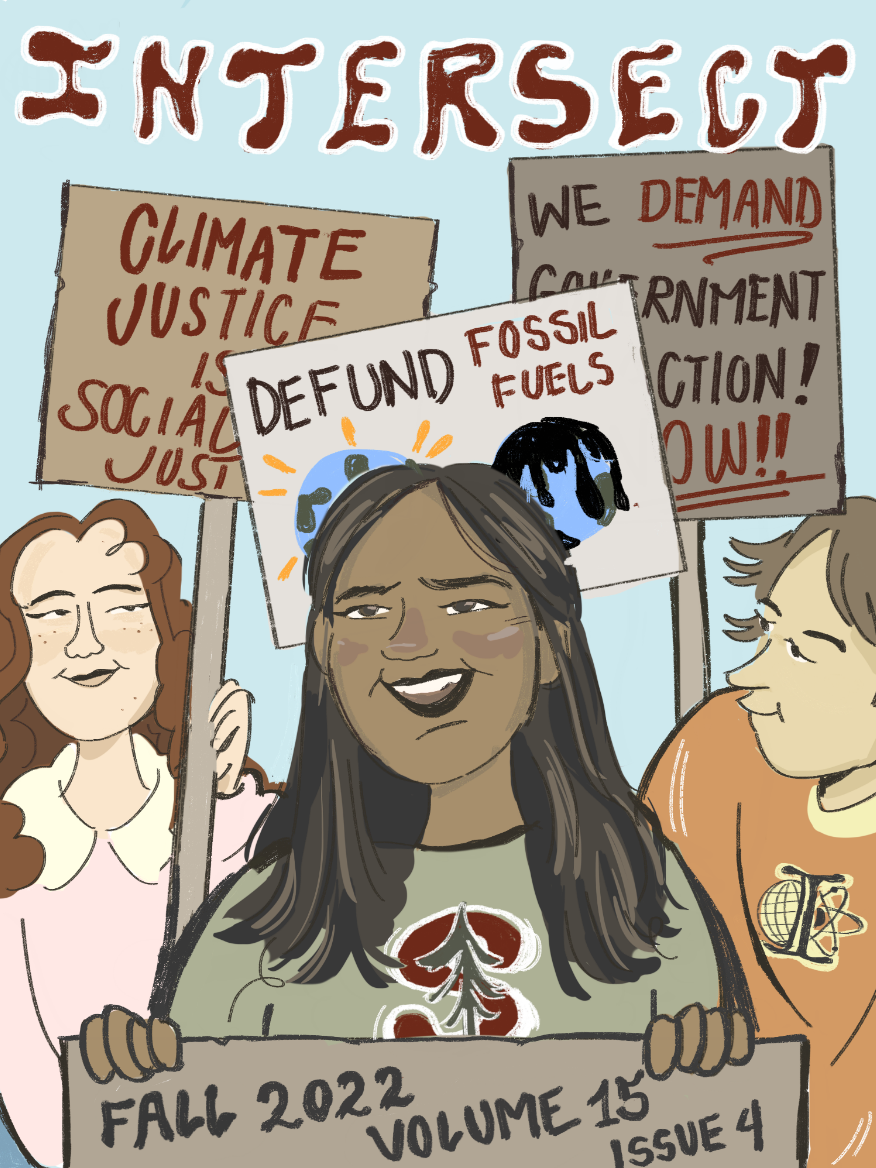Enhancing Online Access for K-12 Education: Policy Implementation Strategies for States
Abstract
The COVID-19 pandemic forced K-12 education to pivot to a virtual platform requiring students to connect to the Internet to access school. This abrupt transition primarily impacted students living in underserved areas, particularly in rural communities and impoverished communities already suffering from the digital divide. To combat this, state and local initiatives were implemented nationwide to provide the necessary devices and reliable Internet connections to students. Our research assessed 69 programs providing Internet access to students using three criteria: Connectivity, Implementation Speed, and Cost. A negative relationship exists between Connectivity and Implementation Speed, indicating that the most effective solutions require significant time resources. This highlights the importance of implementing both short-term and long-term solutions to ensure students are able to connect to online resources required for school. Short-term solutions, such as hotspots, will help students gain Internet access as soon as possible and long-term solutions, such as construction of broadband infrastructure, will create lasting change for communities in need. The primary obstacle to realizing these goals is funding, and this research identified four alternatives for obtaining funding for increased Internet access: BroadbandUSA Program, individual State funding, the Federal Communications Commission’s Lifeline Program, and tax incentives for individuals working from home. Sustained funding policies, such as the BroadbandUSA Program and the use of state funding, align best with implementation of relatively expensive, yet long-term solutions, namely infrastructure construction. Economic policies aimed at mitigating the affordability aspect of the digital divide, such as the Lifeline Program and tax incentives, are best aligned with short-term solutions because they are not designed to provide extended support to citizens. Using the data and analysis of these 69 programs, we demonstrate a plurality of policies to address the digital divide and connect students to the Internet.
Downloads
Published
Issue
Section
License
Copyright (c) 2023 Intersect: The Stanford Journal of Science, Technology, and Society

This work is licensed under a Creative Commons Attribution-NonCommercial-NoDerivatives 4.0 International License.
Authors who publish with this journal agree to the following terms:- Authors retain copyright and grant the journal right of first publication with the work simultaneously licensed under a Creative Commons Attribution License that allows others to share the work with an acknowledgement of the work's authorship and initial publication in this journal.
- Authors are able to enter into separate, additional contractual arrangements for the non-exclusive distribution of the journal's published version of the work (e.g., post it to an institutional repository or publish it in a book), with an acknowledgement of its initial publication in this journal.
- Authors are permitted and encouraged to post their work online (e.g., in institutional repositories or on their website) prior to and during the submission process, as it can lead to productive exchanges, as well as earlier and greater citation of published work (See The Effect of Open Access).

